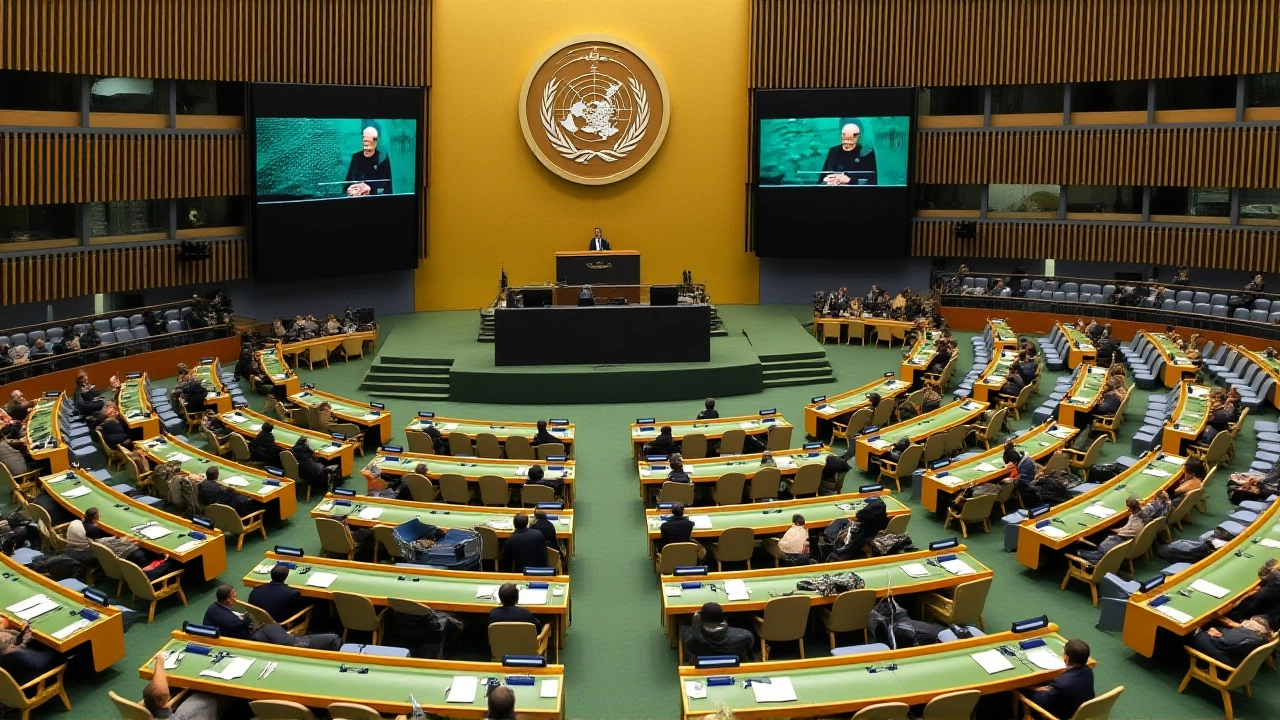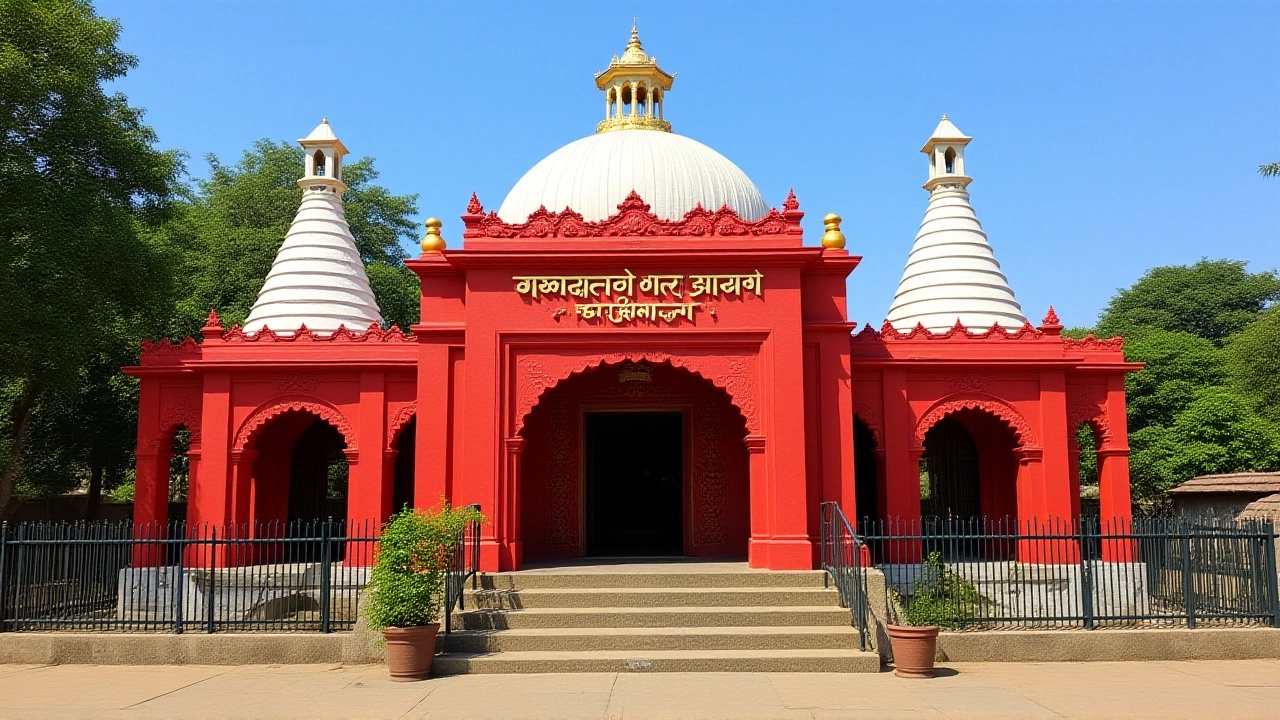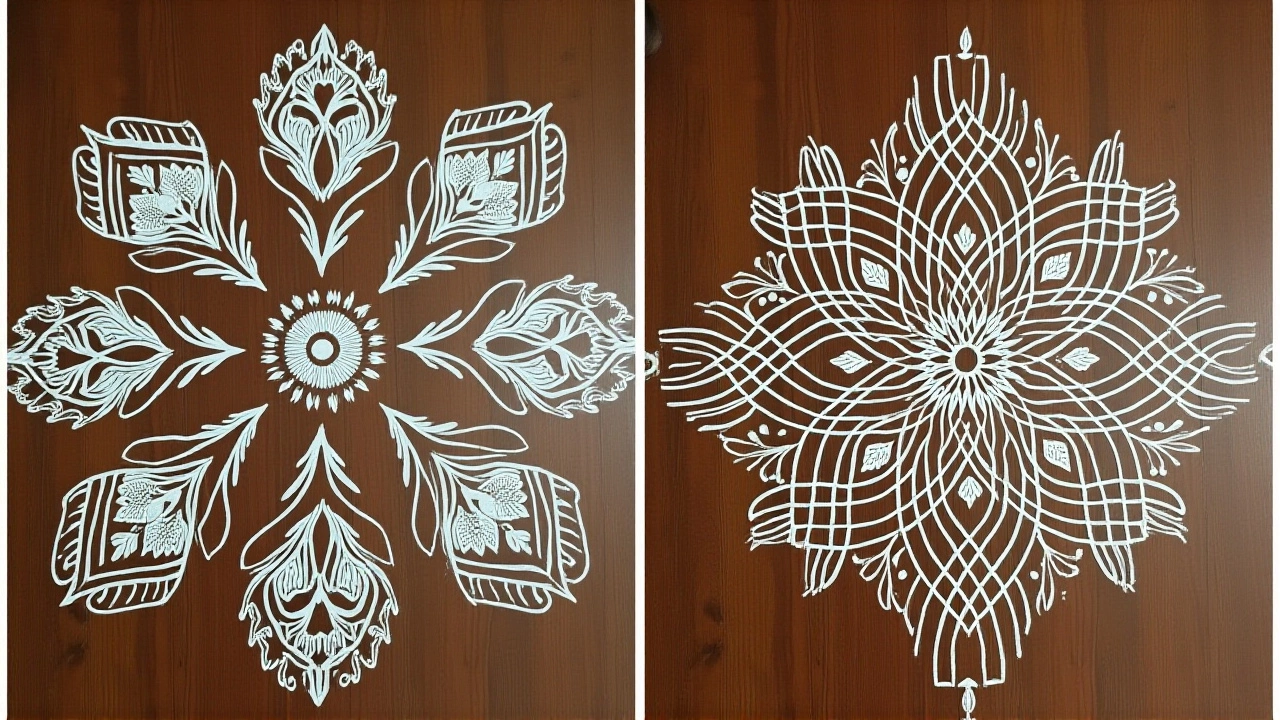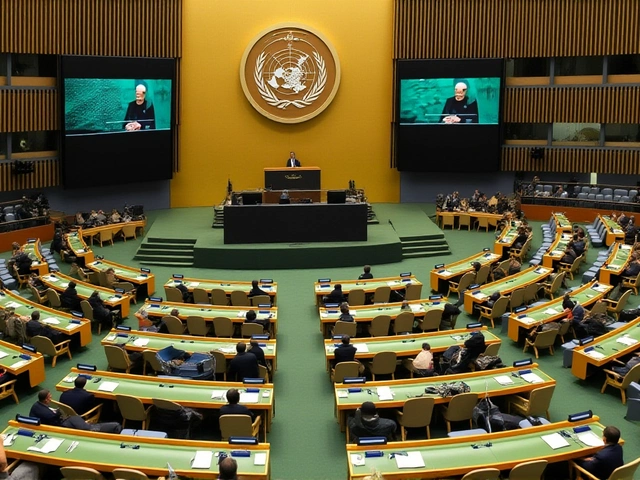World Culture & Festive Jewellery Trends
When you think about jewellery, you probably picture shiny gold or glittery beads. But the real story behind a piece often starts with a festival or a cultural tradition. In India, events like Navratri don’t just bring dance and music—they also set the stage for the kind of jewellery people wear. Understanding these links can help you pick a piece that feels personal, not just pretty.
Why festivals matter for jewellery lovers
Every festival has its own colour palette, myth, and mood. During Navratri, for example, women often choose bright, nine‑day sets that match the nine forms of the goddess. The designs may feature red stones, lotus motifs, or intricate filigree that echo the dance steps of Garba. When a festival goes green—like the rice flour rangoli trend you saw on Navratri’s second day—designers also start experimenting with eco‑friendly materials. That means you can find jewellery made from recycled gold or lab‑grown gems without compromising on style.
Another reason festivals are a good buying cue is that they create a natural gifting moment. A friend’s wedding, a family ceremony, or a community celebration often calls for a special piece. Knowing what’s popular for that occasion lets you avoid the generic and choose something that truly fits the event’s vibe.
Top festive jewellery picks for Navratri
1. Chunky Kundan earrings – The deep red and gold tones echo the vibrancy of rangoli patterns made with rice flour. They stand out even if you’re wearing a simple cotton kurta.
2. Pearl‑strewn bangles – Pearls represent purity, a theme that resonates with Maa Brahmcharini’s story. Stack three to five of them for a layered look that’s easy to take on and off between dances.
3. Gem‑set choker – A thin gold band studded with small rubies or garnets mirrors the tiny dots used in traditional rangoli. It adds a pop of colour without overwhelming a traditional outfit.
4. Eco‑friendly pendant – Look for designs crafted from recycled silver and featuring a motif like a lotus or a diyas (oil lamps). These pieces match the sustainability push you see in modern rangoli art.
5. Temple‑inspired anklet – A delicate anklet with tiny bells or tiny temple bells (ghungroos) ties the music of Navratri to what you wear on your feet. It’s subtle but adds rhythm to your steps.
When you shop, ask the jeweller about the story behind each design. A piece that links directly to a festival’s symbolism feels more special, and it also makes a great conversation starter at gatherings.
Beyond Navratri, other world festivals bring their own jewellery trends. Think of Diwali’s sparkling diamonds, Eid’s gold Jhumkas, or Christmas’s classic ruby reds. Each offers a chance to blend cultural meaning with personal style.
Bottom line: don’t pick jewellery just because it looks good. Look at the festival’s colors, myths, and even its new sustainable twists. That way, the piece you choose will fit the occasion, respect the tradition, and maybe even become a family heirloom.
India Flags Off New UNSC Term with Push for Permanent Seat
India began its eighth UNSC term in January 2021 with a flag ceremony in New York City, led by TS Tirumurti. Focused on peacekeeping and counter-terrorism, India is now pushing for permanent membership amid G4 support — but China's opposition remains a hurdle.
Cyclone 'Montha' Hits Bihar: Heavy Rain, 110 km/h Winds Alert for Oct 30-31
Cyclone 'Montha' is bringing heavy rain, 110 km/h winds, and a sharp temperature drop to Bihar on October 30-31, 2025, with IMD Patna warning of life-threatening conditions. Already affecting eastern India, the storm's impact could last 50 hours.
Rice Flour Rangoli Shines on Navratri’s Second Day Honoring Maa Brahmcharini
On Navratri’s second day, families across India swap traditional powders for rice flour rangoli, creating pure, vibrant designs that honor Maa Brahmcharini and boost sustainability.








